This follow-up report, submitted to the General Assembly during the 2014 session, highlights the current conditions of our forest resources, along with the challenges and opportunities being faced by Georgia’s forest managers and owners.
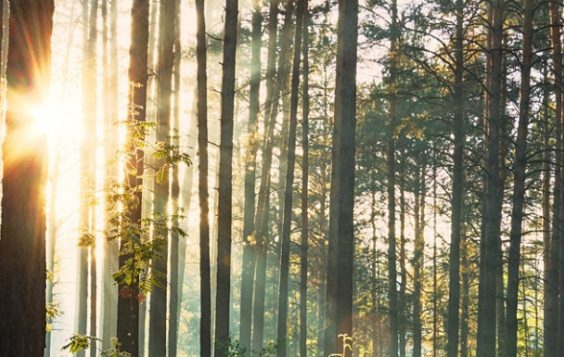

This follow-up report, submitted to the General Assembly during the 2014 session, highlights the current conditions of our forest resources, along with the challenges and opportunities being faced by Georgia’s forest managers and owners.
Read More about 2013 Sustainability Report Final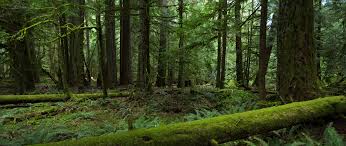
The purpose of this manual is to inform landowners, foresters, timber buyers, loggers, site preparation and reforestation contractors, and others involved with silvicultural operations about common-sense, economical and effective practices to minimize non-point source pollution (soil erosion and stream sedimentation) and thermal pollution.
Read More about Georgia’s Best Management Practices
Get facts related to Georgia’s forest with this publication.
Read More about Georgia Forest Facts
Learn about the Red Hills Region forestry impact.
Read More about Red Hills Region Impact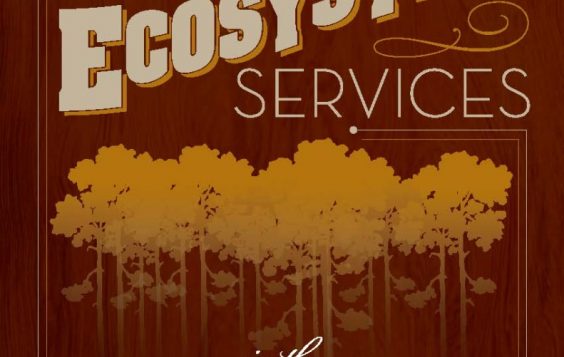
Ecosystem services are the things that nature provides that directly benefit people. Read this publication to learn more about the benefits of ecosystem services.
Read More about Valuing Ecosystem Services in the Red Hills Region
Learn about Forest Certifications Programs and status and recommendations in the South.
Read More about Forest Certifications Programs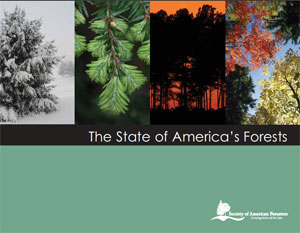
The forestlands of the United States tell a fascinating story about humankind and its relationship with the land. Read about it in the The State of America’s Forests.
Read More about The State of America’s Forests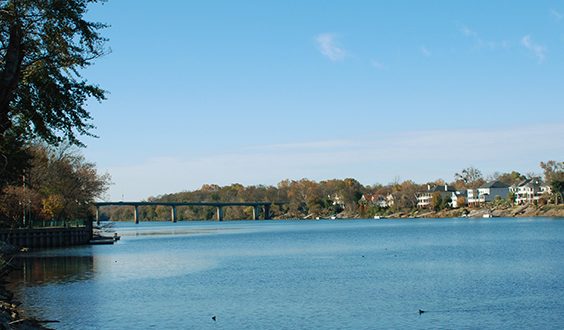
Sixty-five leaders from the forestry and drinking water sectors gathered in Savannah on Nov. 17 and 18 for the first Georgia Forests and Drinking Water Forum to explore the connections between forests and drinking water and how the two sectors could work together to sustain Georgia’s forest and water resources.
Read More about Georgia Forests and Drinking Water Forum Emphasizes Partnership and Collaboration
After a timber company makes its plywood or paper, there’s leftover sawdust and wood shavings. These leftovers are called woody biomass and in Georgia, they’re becoming a big source of renewable energy.
Read More about Georgia’s Forests’ Leftovers Becoming A Major Source Of Renewable Energy
